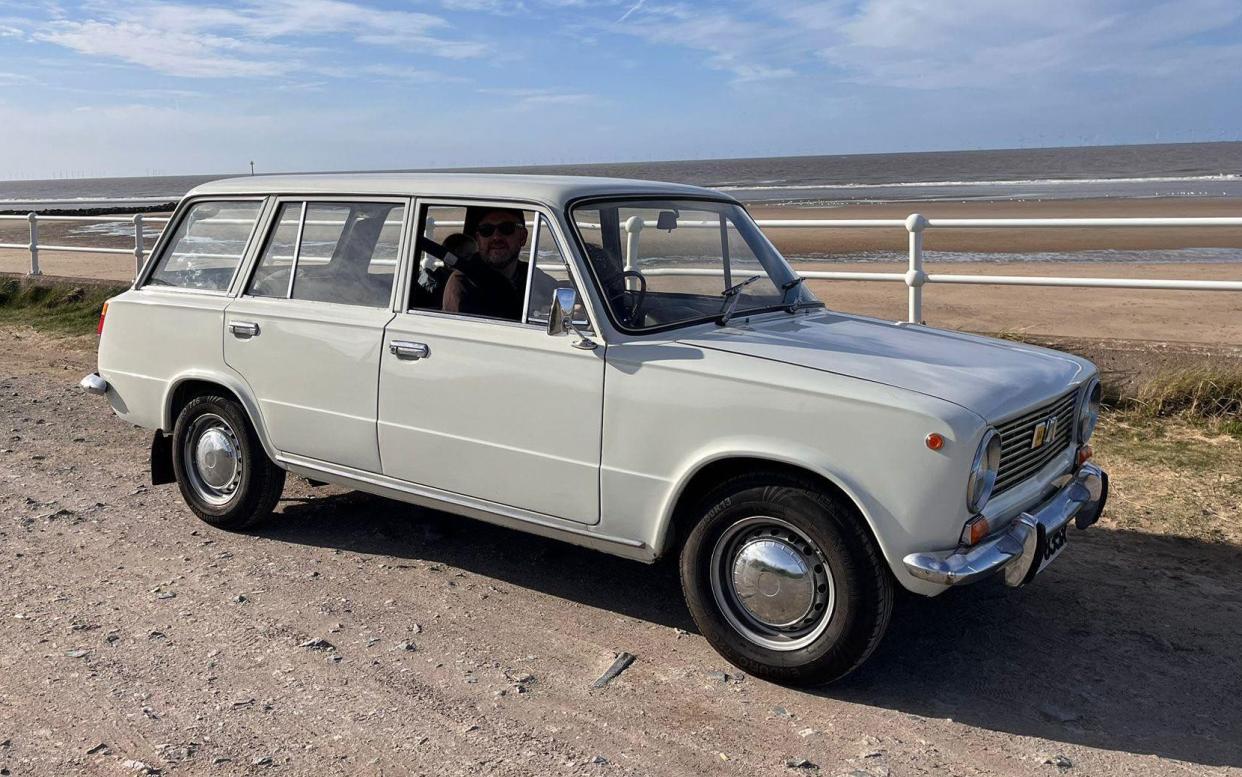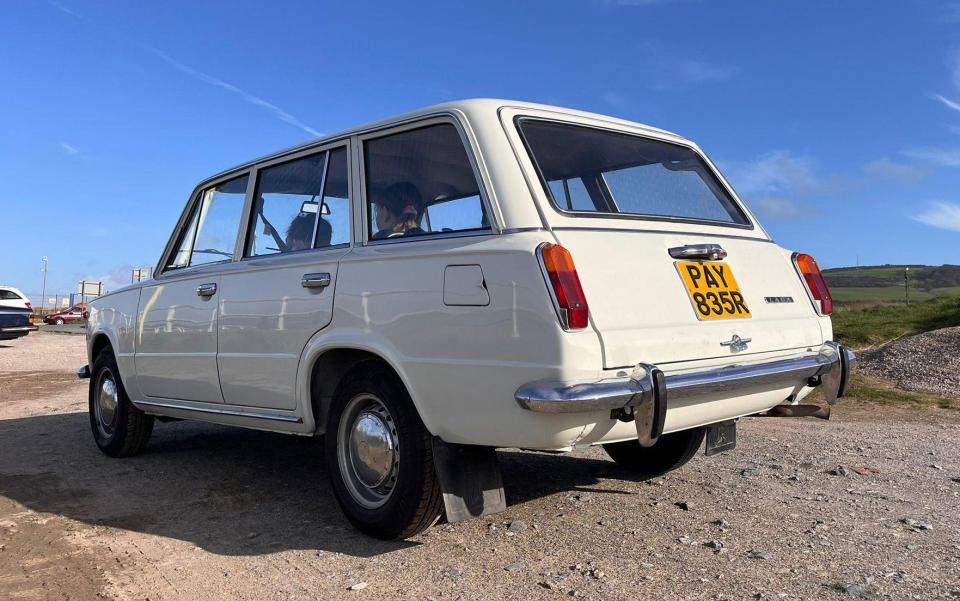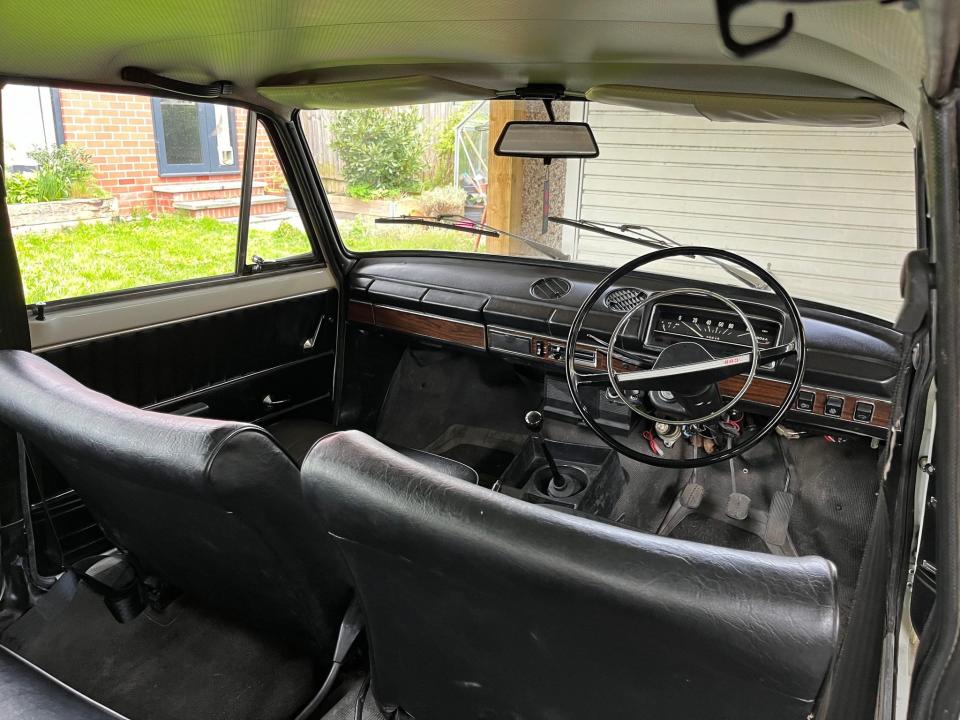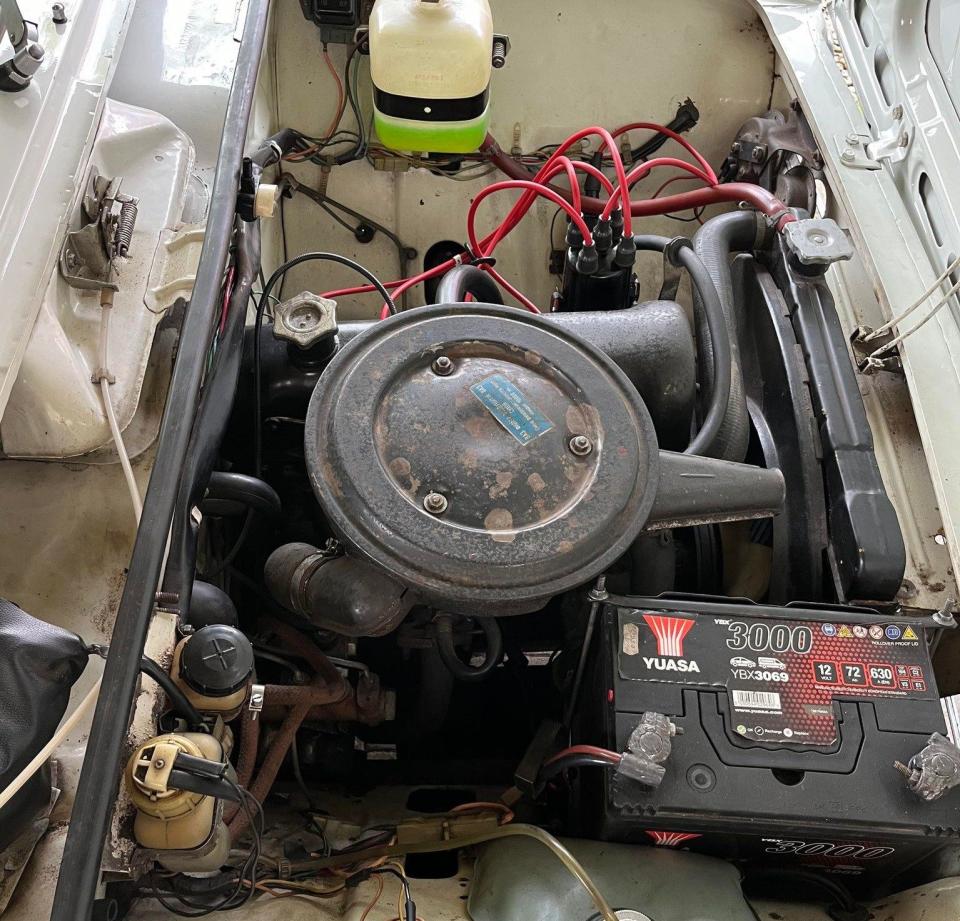UK’s rarest cars: 1976 Lada 1200 Estate, one of only 17 left

Fifty years ago, Satra Motors Ltd commenced sales of a Fiat clone from the Soviet Union. The Lada 1200 and its successors had no claims to high fashion, for their role was to provide the first new car to thousands of motorists. Today, Pete Marshall believes his 1976 model is the oldest known estate still on the road in the UK.
Discussions between Fiat and the USSR began on 1 July 1965 and in May 1966 the British press reported on a deal worth £285 million to the Italian concern. In return, Volzhsky Avtomobilny Zavod (VAZ) acquired the manufacturing rights to the Fiat 124, which had been launched a decade earlier and won the 1967 Car of the Year award.
The new car was to be a cornerstone of the “8th Five-Year Plan”, with Fiat providing extensive technical assistance. The first 124s arrived in the USSR in July 1966 and one factory official recalled that they “crumbled on the roads of the Dmitrovsky testing range after just 5,000km. The Italian delegation rushed in panic”.
By the time the first production version of the Soviet 124, badged 2101, departed the production line on April 19 1970, VAZ engineers had altered 65 per cent of the 124’s parts and made more than 800 changes to make the car more suitable for the rigours of life in Russia. The original Fiat 1.2-litre overhead-valve engine had proved unsuited to the country’s roads so the 2101 had a Soviet-designed 1,198cc overhead-camshaft unit. The body was also made from 30 per cent thicker metal.

Further modifications included suspension raised by two inches, aluminium drum brakes at the rear instead of the 124’s discs, a volcanic heater and a starting handle in case your 2101 was reluctant to start on a Siberian morning. The home-market waiting lists were so long that one trade official told the press: “To register for a car now is like queuing for a piece of the moon.”
VAZ further intended it to earn crucial Western currency and, in 1971, the Soviet car magazine Za Rulem began a competition to select a new export name for the 2101. After rejecting Madonna, the winning entry was Lada, the goddess of beauty, love, joy and youth in Slavic mythology.
By 1973, VAZ had installed a production line for right-hand-drive models and Satra (an abbreviation of Soviet American Trading, a company formed to promote trade between East and West) displayed the Lada at the 1973 London Motor Show. They informed potential buyers it “looks and sounds strangely familiar”, with “no-nonsense, clean lines to its pedigree” and “speeds up to 90mph”. All for only £980.83 in 1200 Saloon form.

Alas, the Lada was not universally popular, The Daily Telegraph complaining of 1200 Estate’s “draggingly heavy, vague and unresponsive steering”; the reviewer believed “Much of the sensual pleasure of driving surely comes from the car’s steering responses.” Nicholas Parsons claimed that a door of the Lada star prize came off its hinges during rehearsals for his TV quiz show Sale of the Century.
However, Motor was more impressed, finding the 1200 Saloon a worthy rival to the more expensive Ford Escort 1100L at £1,250, the Morris Marina 1300 at £1,248 and the Vauxhall Viva HC De Luxe at £1,285, saying: “The Lada compares most favourably with all of these on performance, its gear-change, accommodation, the comfortable driving position and excellent visibility.”
The Motor test concluded: “For many buyers, though, the clinching factor will undoubtedly be the price.” This was an accurate prediction as Marshall’s Estate cost only £1,600 when the much smaller Mini Clubman Estate was £1,853. Not only did the Lada boast more space, but it also had two-speed wipers, reclining front seats, a cigarette lighter and a vast 21-piece tool kit.
In short, the typical Lada buyer was less interested in sensual steering delights than in value for money. The 1200 Estate’s road manners were no worse than those of their eight-year-old Morris Oxford Traveller, there was room for five plus their luggage, while – having been built to survive Russian climes – it would start at the first attempt in a British mid-winter.
The improved 2105-series Riva supplanted the 2101 in 1980, but in 1997 UK Lada sales ended due to tighter emission controls. This newspaper reported: “Motoring’s answer to Mr Byrite is pensioning off its ancient Riva saloons and estates in this country.” The final Russian-built, 124-derived Lada was produced in 2012, although an Egyptian-built version remained as late as 2015.

UK sales amounted to 400,000 over 23 years, but their survival rate is poor. VAZ treated its Western export models with improved anti-corrosion treatment, but this did not prove entirely successful. Today, there are believed to be only 17 1200s of all types still on the road, this figure including private imports.
Marshall acquired his Estate in 2019 and has long been a fan of the marque, saying: “I have never forgotten the ones my father owned.” He finds that lame “Lada jokes”, once as much a staple of the amateur comic as “British Leyland jokes”, are now on the wane. In his words: “People respond to my Estate with affection and, from younger members of the public, curiosity.”
The Estate lives up to the brochure’s promise of being “ideal for families or light haulage duties”. Marshall uses his Lada for commuting and transporting his drum kit. “It never lets me down and is very enjoyable to drive. I did try the starting handle once but to no avail. Now my Estate is set up and run-in perhaps I should try it again.”
And, as with all true Lada devotees, Marshall is immune to the opinions of self-appointed “experts” from the Alan Partridge School of Motoring Presenters. Even if the steering of his Estate lacks “sensual pleasure”.


